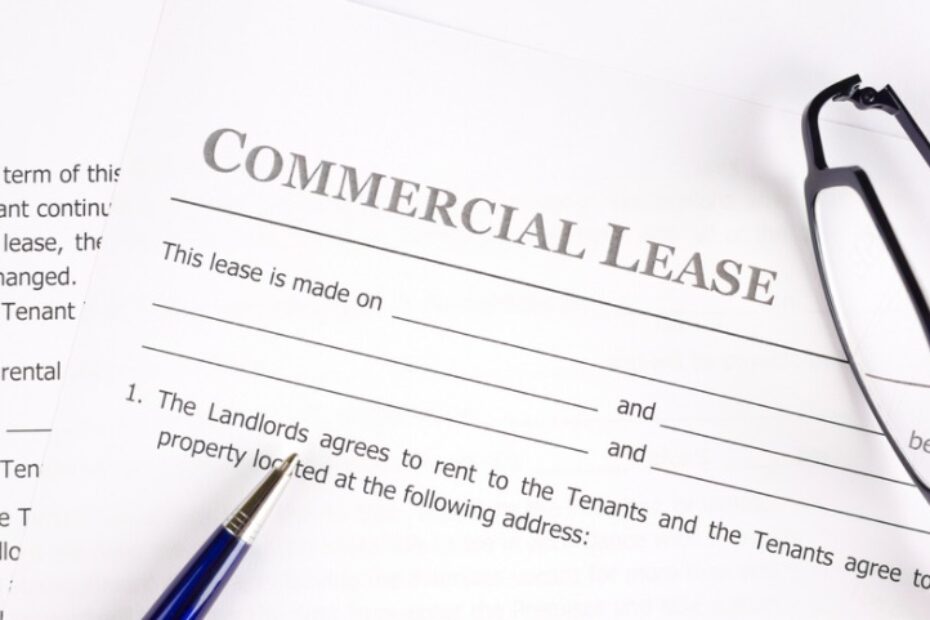When it comes to commercial rent, there are many specific terms and options that are much more complex than residential rent.
At Custom Realty, our job is to ensure you know and understand your options so that you can make a confident and informed choice when it comes to the rent on your commercial property.
First, let’s review some of the commonly used language. It’s important to note that some of these terms are interchangeable, so don’t get too concerned about the unique acronyms.
For example, Op Costs (Operating Costs) can be used for CAM (Common Area Maintenance) or, more simply, Additional Rent. The term Net Rent is also known as Basic Rent. Our Custom Realty team can ensure you understand any subtle differences before you sign a contract if any confusion arises.
Regarding the types of commercial rent, the two most common options are Gross Rent and Triple Net Rent. Let’s look closer at the key differences below.
Gross Rent is when a landlord charges a pre-determined flat amount monthly. The tenant pays the set amount, and the landlord is responsible for all additional costs above the Gross Rent. This type of rent is most common for short-term/smaller units. Reconciling the additional costs can take some time and can be an occasional hassle. Still, this kind of rental agreement can benefit both the landlord and the tenant, depending on the situation. The tenant may prefer this type of rent due to the predictability and budget-friendly appeal. The landlord may prefer this type of rent if they feel they can run the building efficiently and take in the cost benefits.
Triple Net Rent takes into consideration that the tenant will pay a base amount and then 100% of the operating costs, including the property taxes, insurance and all maintenance and repairs. When a lease is a Triple Net Lease, the rent is split between Net Rent and Additional Costs/Op Costs/CAM. The additional costs are charged as an estimated amount, split between 12 equal payments, then annually reconciled against the actual costs. From there, the tenant is either invoiced or credited. Of note, the landlord’s mortgage costs and structural costs come from the Net Rent.
Another key advantage to understanding the details of these options is once we can identify the breakdown of rent, it is easier to understand what is negotiable.
We hope this has provided some clarity around commercial rent, but if you have any questions, we are always happy to assist you.
At Custom Realty, we leverage our years of expertise in the commercial real estate market to ensure that whatever your commercial leasing needs are, we can guide you to a lease you will love.
Your Investment. Our Priority.

